G1 – GI Detoxification w/ Liver Support and Cytokine Balance – Powder 30.12 oz (854g)- Dietary Supplement
NEW FORMULA
- Provides Nutrients Associated With Detoxification Mechanisms*
- Supports Gastrointestinal Health*
- Supports Balanced Cytokine Activity*
- Lactose-Free Vegan Protein Source*
- Provides High-Quality Macro- and Micronutrients*
G1 is formulated to support the body’s natural response to toxic substances by providing high-quality macro- and micronutrients associated with detoxification mechanisms. Many of these nutrients also cooperatively foster gastrointestinal health and balanced cytokine activity—important variables in the body’s handling of toxic substances. This advanced formula features Vegan Protein Blend, AHEAD MAP® Distribution’s proprietary amino acid and pea/rice protein blend; Aminogen® provides proteases, which facilitate protein absorption; activated B vitamins like 5-MTHF and patented mineral amino acid chelates for optimal nutrient bioavailability; and key herbal extracts and phytonutrients. G1 is a lowallergy− potential, monk fruit–sweetened formula that boasts a superior taste without added sugars or stevia and is suitable for vegans.*
Persistent bioaccumulative toxicants originate from various industrial and agricultural practices and processes. These toxicants linger in soil, air, water, and dust for long periods and can be inhaled into the lungs, absorbed via the skin, or consumed through the food chain. Additionally, over 10,000 chemicals are allowed in US food products. Some of these chemicals are direct additives (eg, artificial colors, preservatives), while others are indirect additives that contaminate food during processing, storage, and packaging.1 Exposure to and an accumulation of such toxicants within the body pose significant health risks to humans, including endocrine disruption, neurological effects, immune system dysfunction, and cell-cycle disturbances.2 The physiological process of detoxification—mobilization, modification, and excretion of exogenous and endogenous toxicants—transforms primarily nonpolar, lipid-soluble toxicants into polar, water-soluble, and excretable derivatives.3 The steps in molecular detoxification pathways are classified as phase I, which is mediated primarily by cytochrome P450 (CYP450) enzymes, and phase II, which is mediated by conjugation enzymes.*
Various macro- and micronutrients are used in these phases of detoxification. Furthermore, adequate nutrient levels—including vitamins, minerals, antioxidants, and amino acids—are essential for mitochondrial function and play crucial roles in energy metabolism and adenosine triphosphate (ATP) production. As the chief contributor of free energy in all biological systems, ATP fuels all biochemical reactions, including detoxification reactions.*
G1 is a comprehensive micro-/macronutrient formula providing key antioxidants, herbal extracts, and other nutritional compounds used by the body to fuel detoxification processes. This formulation features detox- and GI-friendly nutrients as well as cytokine cascade−targeting ingredients because toxicants can interfere with the body’s immune system, leading to enduring changes in the body’s cytokine profile.*
Directions
Blend, shake, or briskly stir 2 level scoops (53 g) into 10-12 ounces of chilled, pure water (or mix amount for desired thickness) and consume once daily, or use as directed by your healthcare professional.
Consult your healthcare professional prior to use. Individuals taking medication should discuss potential interactions with their healthcare professional. Do not use if tamper seal is damaged.
Formulated to Exclude
Wheat, gluten, yeast, soy, animal and dairy products, fish, shellfish, peanuts, tree nuts, egg, sesame, ingredients derived from genetically modified organisms (GMOs), artificial colors, and artificial sweeteners.
Pomegranate Extract (Punica granatum)
Pomegranate extracts have been studied for their cytokine-balancing and antioxidant properties in animals and humans.4,5 The pomegranate extract in G1 is standardized to 30% ellagitannins, specifically punicalagins A + B and punicalins A + B; these reference substances speak to the consistency of the extract batch to batch. Ellagitannins are a distinctive group of bioactive polyphenols found in pomegranates. Punicalagin, which is exclusively present in pomegranates, is the largest-molecular-weight polyphenol known and is acclaimed for its potent antioxidant properties.6 After ingestion, punicalagin is metabolized in the body to urolithins and ellagic acid, the latter being a natural phenolic antioxidant known for its support of antioxidant–detoxification processes.*7
Betaine
Betaine, also known as trimethylglycine, is a naturally occurring vital methyl donor for methylation reactions.8 Methylation is a pathway in phase II detoxification mechanisms.9 Betaine regulates the methionine cycle and homocysteine detoxification through betaine homocysteine methyltransferases. Furthermore, betaine is key in the S-adenosylmethionine to S-adenosylhomocysteine ratio in liver cells and helps maintain normal methylation activity.8 Betaine also synthesizes glutathione via the transsulfuration pathway.*10
Lemon Bioflavonoid Complex
Citrus bioflavonoids, which are found in citrus fruit peels, seeds, and juice, play pivotal protective roles within the human body. These bioflavonoids act as potent scavengers of free radicals and have the potential to regulate cytokine production.11 For instance, in vitro studies focusing on various citrus bioflavonoids have revealed their ability to inhibit prostaglandin E-2, the secretion of proinflammatory cytokines, and the expression of NF-κB, showcasing their potential health benefits.*11-13
Rutin
Rutin, a prominent bioflavonoid also known as vitamin P or rutoside, has demonstrated diverse biological activities related primarily to its high free radical− scavenging activity and antioxidant capacity.14,15 Rutin has also demonstrated metal-chelating action, which involves the formation of complexes with metal ions—a process crucial for preventing free radical generation that can harm essential biomolecules.16 In the colon, probiotic bacteria metabolize rutin, producing quercetin and rutin metabolites that yield beneficial antioxidants.*17
Quercetin
Quercetin is a phytochemical belonging to the flavonoid class of polyphenols that confers a wide range of benefits to human health.18,19 These benefits are primarily mediated through quercetin’s antioxidant activities and effects on the immune system.18 In vitro and in vivo studies have demonstrated that the primary antioxidant mechanisms of quercetin include directly scavenging free radicals, chelating metal ions, inhibiting lipid peroxidation, regulating glutathione levels, and impacting enzyme activities and signal transduction pathways.*18
Turmeric
Turmeric has been used for its medicinal properties for nearly 2,500 years, originating from the Vedic culture in India.20,21 Curcuminoids are active compounds within turmeric, responsible for its vibrant color and a host of its biological activities.20 Roles of turmeric/curcuminoids in digestive support, the growth of beneficial gut flora, healthy bowel transit time, and detoxification enzyme activities have been noted through traditional use and tested through scientific research.*20-23
Ginger
Ginger, derived from the rhizome of Zingiber officinale, offers a myriad of health benefits primarily attributed to bioactive compounds, such as gingerols and shogaols. Scientific research demonstrates that ginger inhibits proinflammatory cytokines, such as IL-1β and TNF-α, while suppressing COX and LOX enzymes, key contributors in the inflammatory process.24 Moreover, ginger’s potent antioxidant capabilities neutralize free radicals, providing cellular protection against oxidative stress.24 Historically, ginger has been used as an antiemetic and carminative. As a bitter herb, ginger also encourages efficient digestion.*25
Methylsulfonylmethane (MSM)
MSM, also known as methyl sulfone and dimethyl sulfone, is a naturally occurring organosulfur compound in various fruits, vegetables, grains, and animal tissues. Sulfur, the seventh most abundant element in the body, is involved in vital metabolic pathways, including carbohydrate metabolism, protein synthesis, redox balance, and detoxification.26 Meeting dietary sulfur requirements may be impacted by poor or restrictive diets or increased needs, such as in disease states. Supplemental MSM can help to fill such nutritional gaps.26 MSM has been studied extensively for its influence on oxidative stress and proinflammatory mediator production.27-29 Like MSM, the sodium sulfate in G1 also serves as a source of sulfur.*
Green Tea
Green tea is rich in polyphenols, particularly catechins such as epigallocatechin gallate (EGCG), which is considered the most abundant and effective among them. Green tea catechins play pivotal roles in combating oxidative stress by enhancing the body’s antioxidant enzyme levels and neutralizing harmful radicals, including superoxide and hydrogen peroxide.30 These catechins have also garnered attention for their potential to mitigate DNA damage and support cellular health by modulating various biological pathways and detoxification enzyme activities, thereby offering protection against oxidative stress and toxicant-induced cellular damage.*30-32
N-Acetyl-L-Cysteine (NAC)
NAC is a form of the amino acid cysteine, which the liver uses to synthesize the antioxidant glutathione. Glutathione is a major phase 2 conjugating constituent, wherein glutathione S-transferases attach a glutathione group to a phase 1 biotransformed metabolite to enable excretion.9,33,34 Therefore, a reduced glutathione status potentially impacts phase 2 glutathione conjugation reactions.*
Vegan Protein Blend
AHEAD MAP® Distribution’s Vegan Protein Blend is a proprietary blend of non-GMO pea protein concentrate, pea protein isolate, rice protein concentrate, taurine, glycine, and L-glutamine. This easy-to-digest protein has a well-balanced amino acid profile, including essential branched-chain amino acids, and is high in lysine and arginine. Protein contributes amino acids, which play vital roles in detox physiology: amino acids serve as building blocks for phase 1 CYP450 enzymes and are required to conjugate intermediate metabolites during phase 2 detoxification processes.9,33 Additionally, a consistent amino acid supply is necessary for the biosynthesis of glutathione, which has a critical role in phase 2 glutathione conjugation of physiologic metabolites (eg, estrogen) and xenobiotics.*35
Aminogen®
Aminogen is a naturally derived, patented blend of fungal proteases derived from Aspergillus niger and Aspergillus oryzae. Aminogen contributes to enhanced protein absorption and reduced protein excretion when combined with protein consumption, and it helps the body naturally liberate free-form amino acids.*36
Preventium® (Potassium D-glucarate)
Potassium D-glucarate is a source of glucaric acid, a phytochemical produced in small amounts by the body and naturally found in fruits and vegetables, such as apples, grapefruit, Brussels sprouts, and broccoli.3,37 Glucaric acid has gained attention for its potential role in cellular detoxification processes. The primary mechanism of glucaric acid is beta-glucuronidase inhibition. Beta-glucuronidase is an enzyme that separates conjugated toxicant moieties.3 By inhibiting betaglucuronidase, glucaric acid helps prevent toxicants from being reabsorbed and contributes to their elimination.3 To further elucidate the roles of glucaric acid in detoxification, researchers performed an in silico efficacy analysis of glucaric acid on 4 molecular pathways involved in liver toxicity. The use of a computational systems biology platform demonstrated that glucaric acid reduced reactive oxygen species production in hepatocytes, lowered hepatic apoptosis, reduced betaglucuronidase in hepatocytes, and decreased glucuronide deconjugate (toxins separated from conjugating glucuronide) levels in bile.3 This in vitro work provides valuable insights for future animal and human studies to validate therapeutic uses of potassium D-glucarate. Diets low in fruits and cruciferous vegetables may result in a relative lack of glucaric acid, which would correlate with a higher level of beta-glucuronidase and possibly increase risks associated with toxicant accumulation.*38
Micronutrients
Each phase of toxicant biotransformation depends upon a wide variety of micronutrients.9,33 Phase 1 CYP450 enzymes and phase 2 methylation reactions require B vitamins and choline as enzyme cofactors.9,33,39 Minerals, including selenium, copper, zinc, and manganese, and vitamins, such as A, C, and E, support antioxidant mechanisms that address the reactive oxygen species (intermediary metabolites) formed in phase 1 of biotransformation.9,33 Other minerals, such as molybdenum, comprise enzymes (eg, molybdenum hydroxylases) that participate in phase 1 oxidation reactions.40 Furthermore, micronutrients interact with nonessential metals, such as cadmium, lead, and mercury, at several points in the body; individuals consuming a micronutrient-deficient diet are predisposed to toxicity from nonessential metals.39 To promote optimal absorption and utilization of micronutrients in G1, vitamins and minerals are provided in bioactive forms: vitamins include Quatrefolic® (5-MTHF glucosamine salt), methylcobalamin, and pyridoxal 5’-phosphate. Minerals are provided as mineral amino acid chelates, which are digestive friendly, well tolerated, and have demonstrated greater bioavailability than their mineral salt counterparts.*41,42
Golden Milled Flaxseed
As a source of fiber and omega-3 alpha-linoleic acid, flaxseed consumption helps to support a healthy gastrointestinal system. Related mechanisms include its potential to influence omega-3 concentration and roles in digestion and microbiota metabolism.43 Flaxseed is also one of the richest sources of dietary lignans, including secoisolariciresinol diglucoside, which are known for their phytoestrogenic activity.44 Flaxseed provides approximately 800-fold more lignans than most other food sources.*45
No Added Sugar
G1 is sweetened with monk fruit (Siraitia grosvenorii)—a natural, high-potency sweetener approximately 200 to 300 times sweeter than sugar. Monk fruit’s naturally occurring mogrosides (triterpene glycosides) impart its sweetness, and its overall phytochemical composition provides numerous health benefits, including antioxidant activity.46 Unlike other sweeteners, monk fruit extract carries no bitter aftertaste and has zero calories at typical-use levels.*
G1 is a robust formula that targets the body’s natural detoxification mechanisms while fostering GI health and cytokine balance. These activities help to counteract the effects of persistent bioaccumulative toxicants and endogenous toxins that threaten human health.*
*These statements have not been evaluated by the Food and Drug Administration. This product is not intended to diagnose, treat, cure, or prevent any disease.


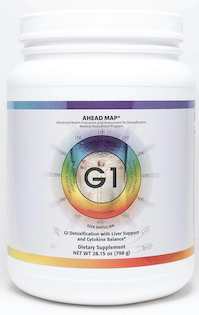
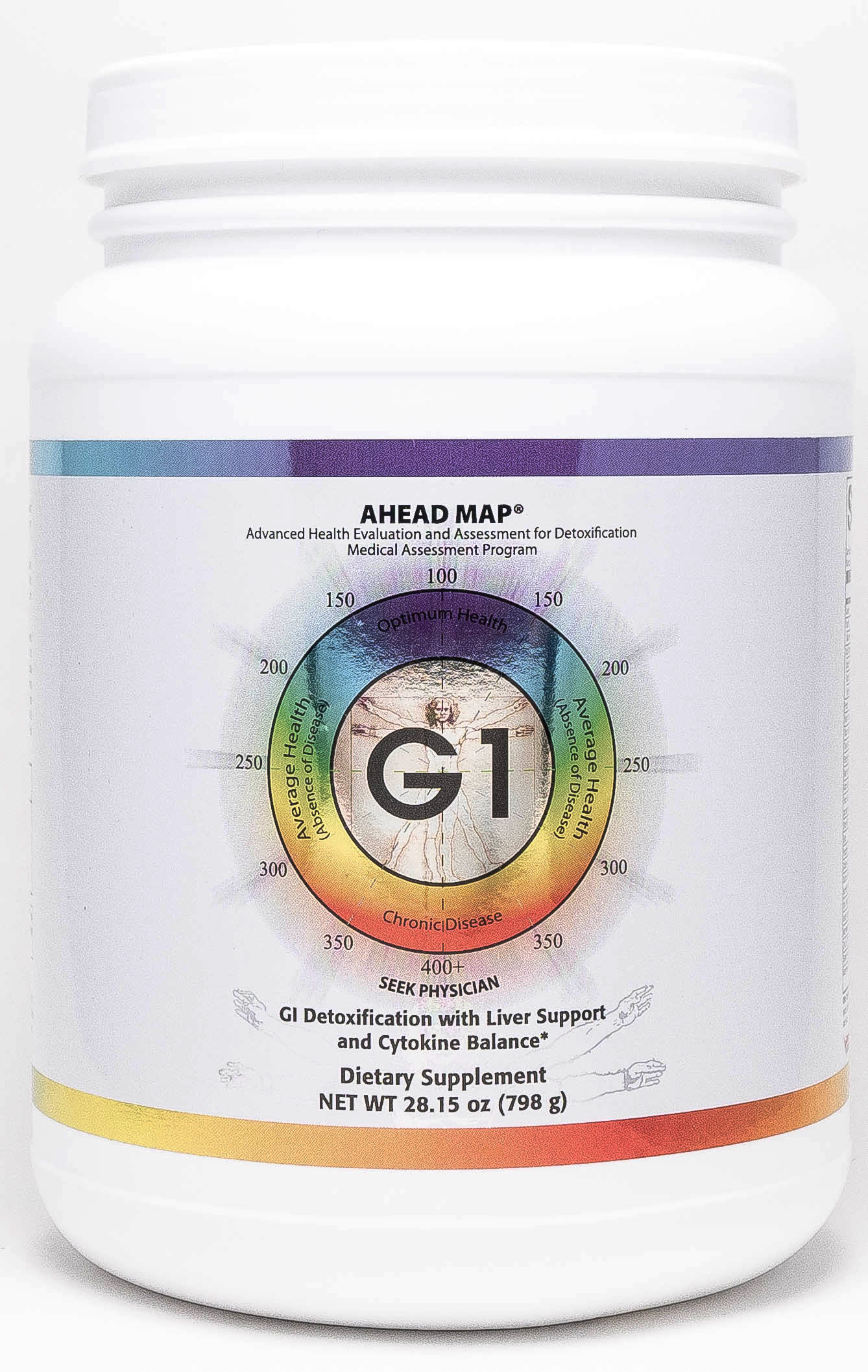


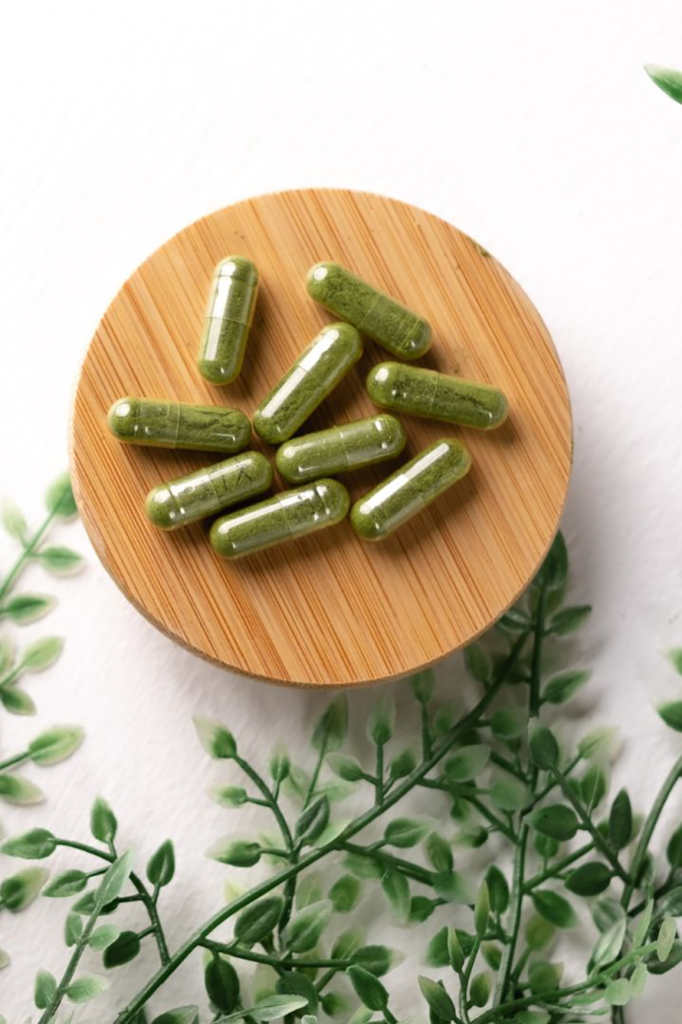
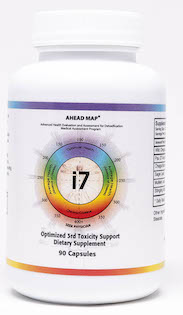
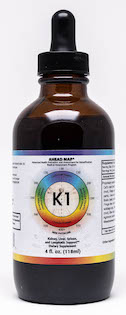
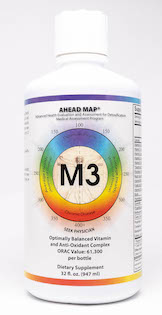
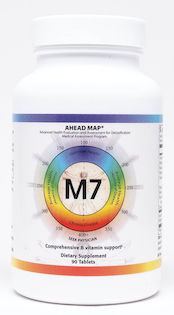
Reviews
There are no reviews yet.